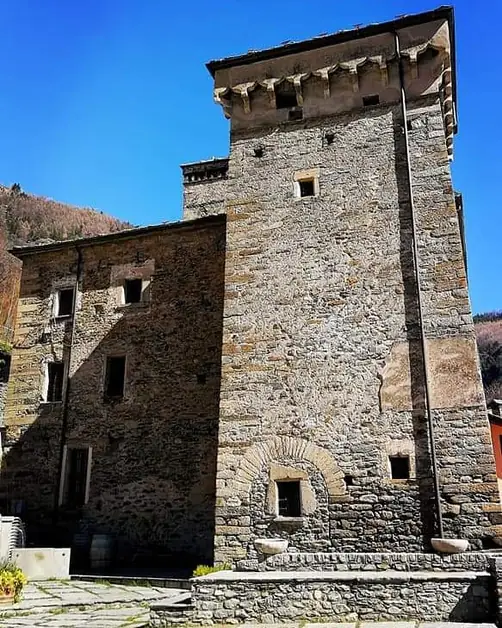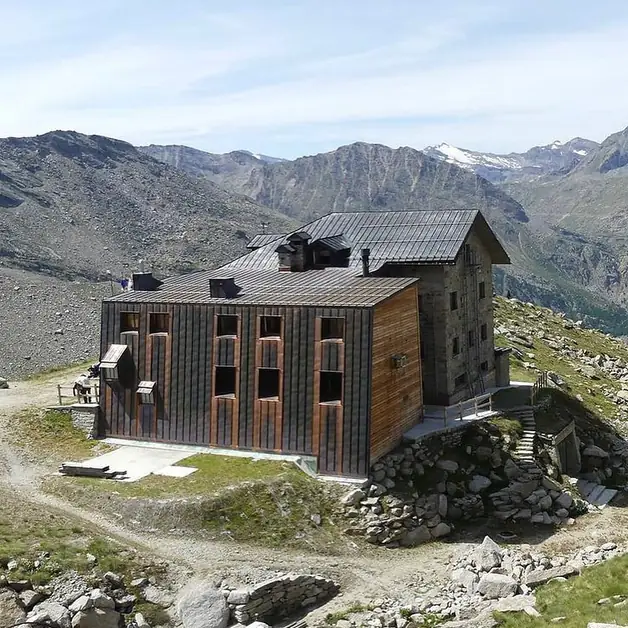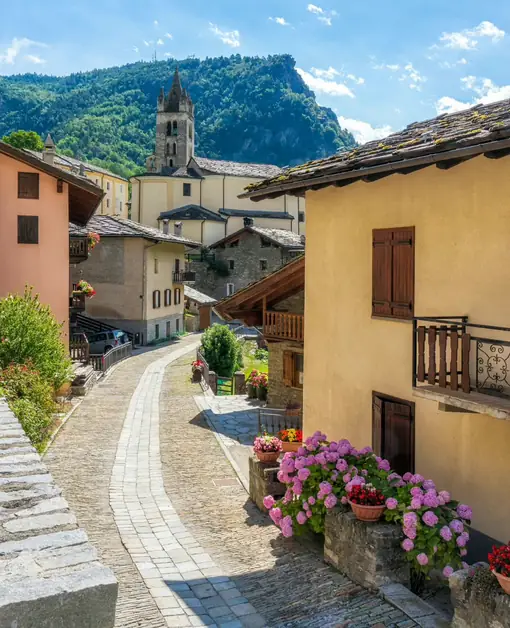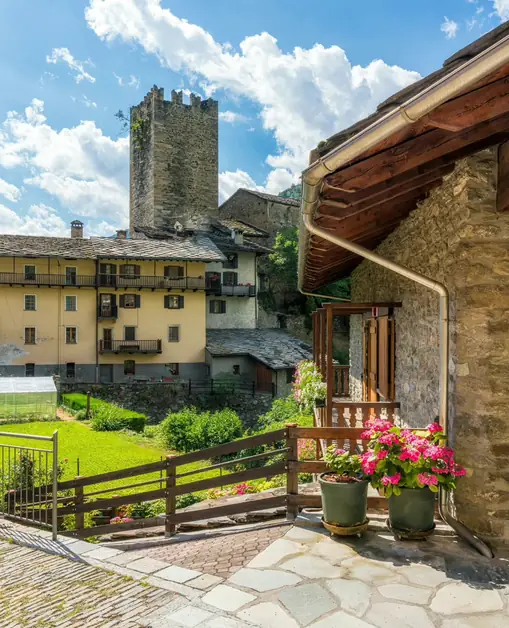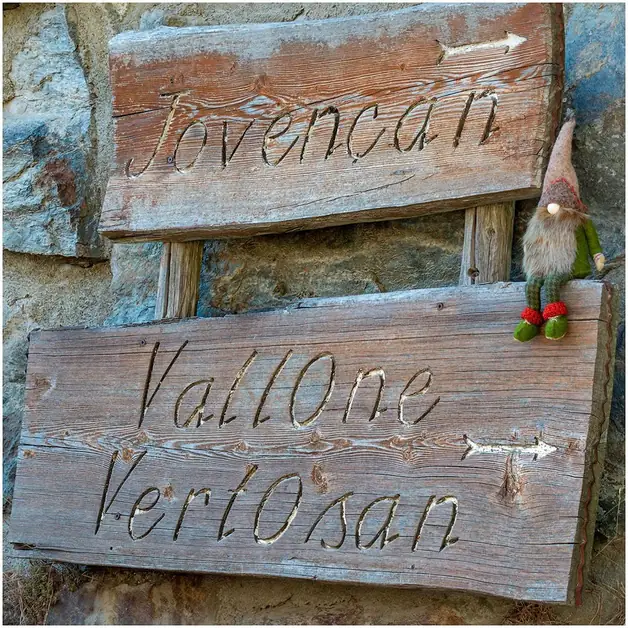Explore the Via delle Gallie and its history
Discover the Via delle Gallie, a journey through Roman history.
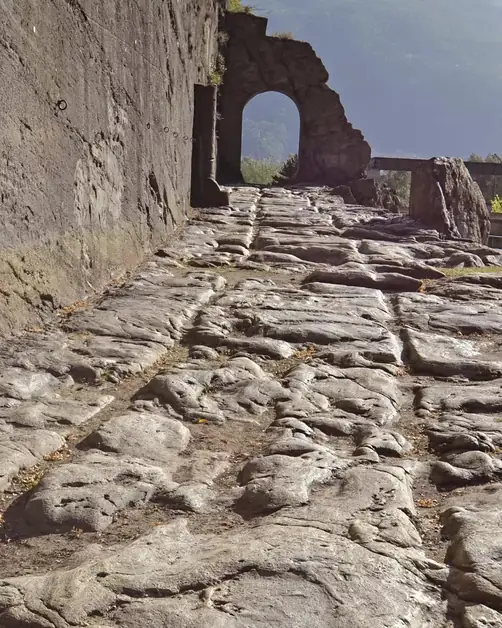
What is the Via delle Gallie and why is it important for Avise?
The Via delle Gallie is an ancient Roman road that crossed the Aosta Valley, connecting Italy and France. This road represented one of the main communication arteries between the Po Valley and the Gallic regions, facilitating trade, troop movements, and cultural exchanges. The stretch that passes near Avise is one of the best preserved and most fascinating, thanks to the presence of archaeological remains still visible today, such as the famous "Pierre Taillée".
Where is the Via delle Gallie located near Avise and how can it be visited?
The Via delle Gallie can be walked starting from Avise by following the signs to the locality of Runaz. The path crosses natural landscapes and scenic viewpoints, making the walk ideal for families who want to discover history immersed in nature. It is advisable to wear comfortable shoes and keep a camera handy to capture unique glimpses among vineyards, mountains, and ancient ruins.
What makes the "Pierre Taillée" special and what are its main curiosities?
The "Pierre Taillée" is one of the most suggestive points along the entire Via delle Gallie. It is a stretch of road carved directly into the rock by the Romans, still clearly visible today. This passage cut into the stone showcases the grandeur of Roman engineering: thanks to advanced techniques, legions and merchants could traverse even the most rugged points of the Alpine arch. The very name – Pierre Taillée – means "cut stone" in French, and offers visitors the opportunity to literally walk in the footsteps of history.
How does a walk along the Via delle Gallie in Avise unfold?
What experiences does it offer tourists?
A walk along the Via delle Gallie is a true journey through time. You walk on ancient cobblestones, observing the remains of masonry and bridges from the Roman era. Along the route, explanatory panels can be read that tell the story of the road and the people who have traveled it. In addition to the archaeological aspect, the trail offers spectacular views of the valley and surrounding mountains. Ideal for children and photography enthusiasts, the walk can be done in all seasons, with always different atmospheres: snow in winter, bright green in summer, vibrant colors in autumn.
What other Roman testimonies can be found near Avise?
Near Avise, numerous testimonies of the Roman past can be admired: Remains of walls and protective embankments of the road, still visible among the vegetation. Sections of original cobblestones that tell centuries of passage. Ancient resting areas and checkpoints. A few kilometers from Avise, in Aosta, there is also one of the best-preserved Roman centers in Europe: the Arch of Augustus, the Roman Theatre, the Cryptoporticus, and the ancient Roman bridge are must-see stops for those wishing to delve deeper into the theme of Roman heritage in the region.
What practical tips are there for a day tracing the Via delle Gallie in Avise?
To fully enjoy the experience along the Via delle Gallie, it is best to start early in the morning, bringing water, a hat, and a snack for a break along the way. Layered clothing suitable for mountain conditions is recommended. A picnic can be organized near the Pierre Taillée – the scenery is perfect for an outdoor snack. For photography lovers, the early hours of the morning or sunset offer unforgettable plays of light on the ancient rocks.
What stories and legends are linked to the Via delle Gallie and the "Pierre Taillée" of Avise?
According to local tradition, the Via delle Gallie was the scene of historical passages and encounters between different peoples. Some tales speak of silent Roman legions marching at dawn, while others narrate of merchants and pilgrims heading to the shrines across the Alps. The "Pierre Taillée" was also considered a border place, where news, trade, and different cultures intersected. Some say that, on the quietest nights, one can still hear footsteps echoing on the stone as a memory of the past.
What can be done near Avise after visiting the Via delle Gallie?
After the historical walk, one can visit the center of the village of Avise, with its historic houses such as the Maison de Blonay and the church of San Brizio. For those looking to relax, the nearby Comba di Vertosan offers stunning landscapes and the possibility of walks among flowering meadows and larch forests. Not far away is the area of Runaz, the starting point for several scenic trails ideal for trekking and birdwatching. During the summer months, guided excursions and tastings of local products are organized. For typical lunches, several agritourisms and chambre d’hôtes offer traditional Aosta Valley dishes with a view of the mountains. For the more curious history enthusiasts, a short visit to Aosta offers an even deeper journey into the Roman world, with monuments, museums, and thematic itineraries. The day can conclude with a walk among the vineyards of the area, tasting the Petit Rouge of Avise.
How to reach the Via delle Gallie in Avise and what are the best times?
The historical path is easily reached from the center of the village on foot or by car to Runaz. The ideal times for the visit are early morning or late afternoon, when the light enhances the colors of the rocks and the valley appears quieter and more suggestive. In winter, caution is advised as some sections may be icy, while in summer it is perfect for finding some coolness even on the hottest days. In spring and autumn, the colors change, offering spectacular backdrops for photography enthusiasts.
